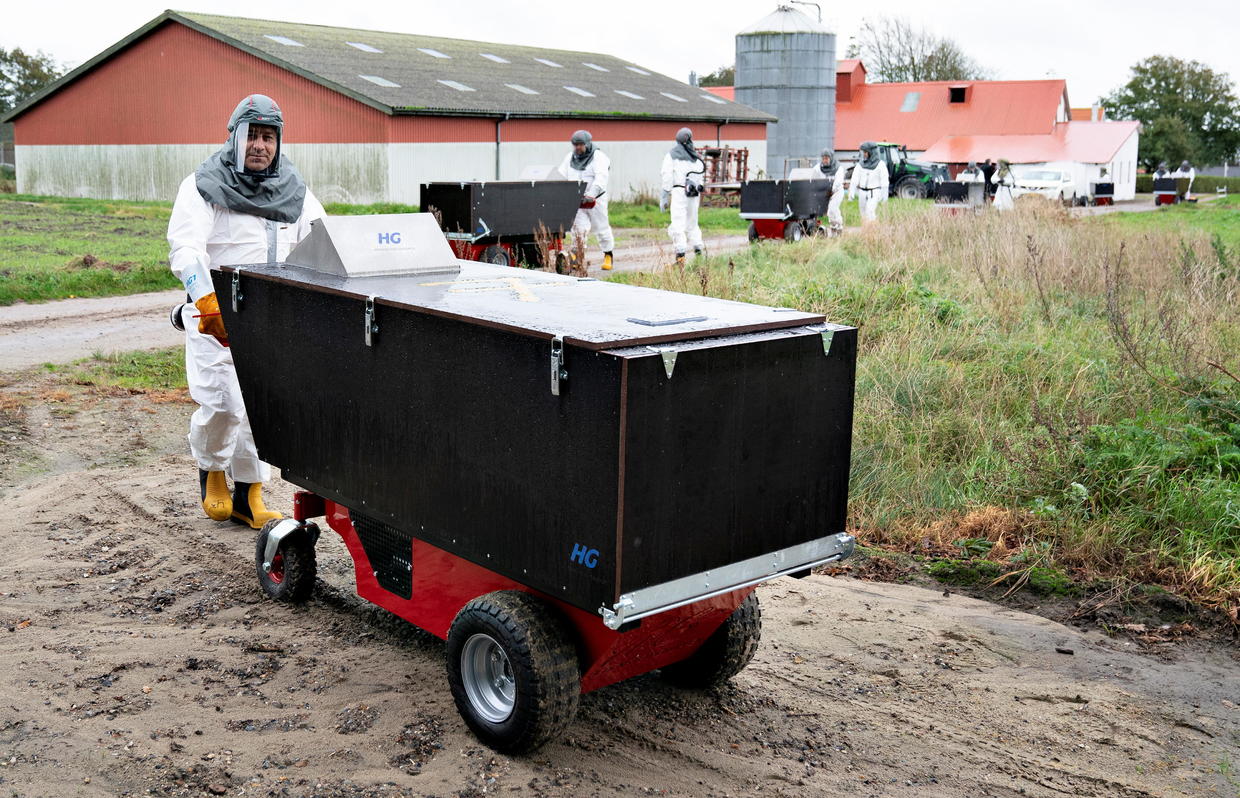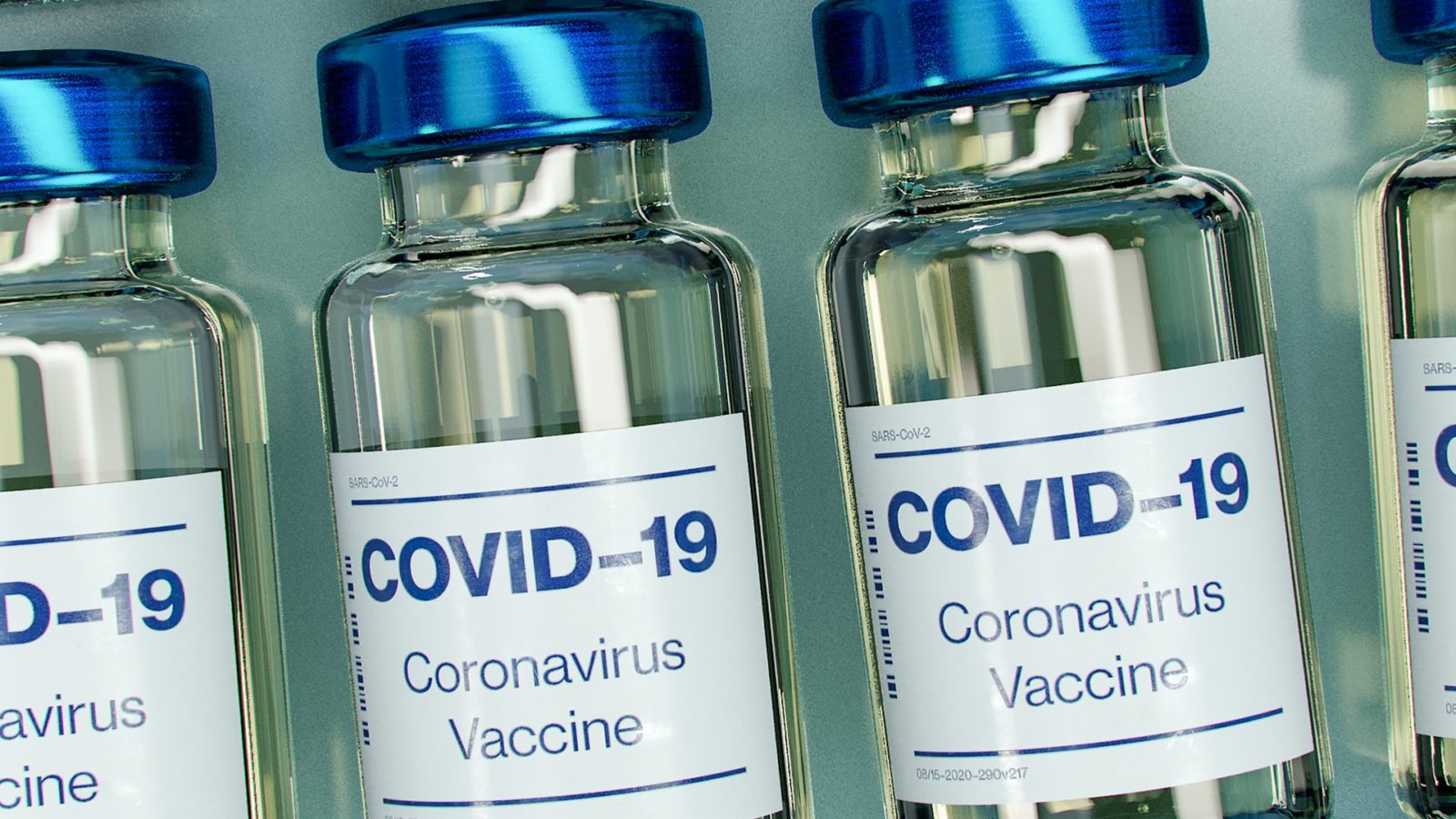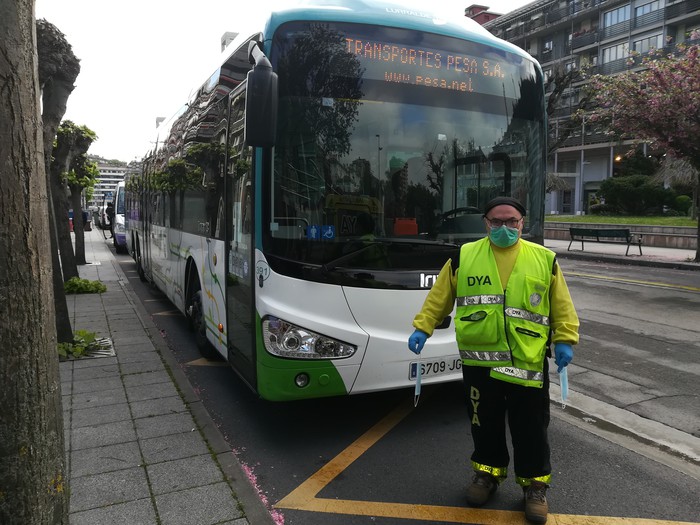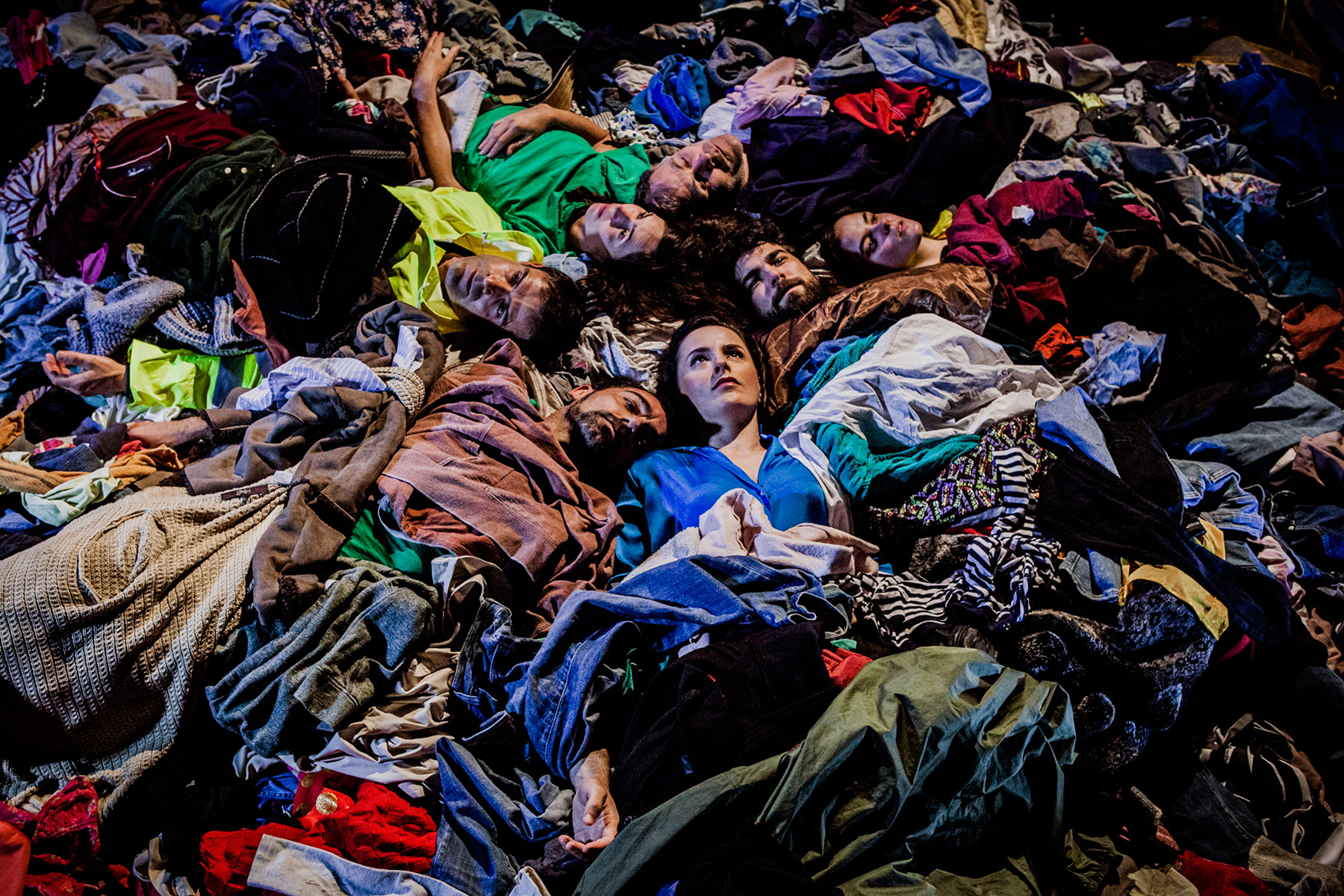Denmark kills 17 million incubators for fear of the spread of mutated coronavirus
- The Danish government has decided to kill all the sights of its incubators because the researchers have discovered that there are cases of coronavirus that have passed from visons to humans – so far it was known that humans could spread visons – and because in the Jutland region, where there are many mink farms, a mutated COVID-19 virus has appeared. The concern is that if the trafficking of viruses between humans and animals is increased, an even more serious version of the pandemic will be extended, which will override the work done so far in the search for vaccines.

A few months ago, the coronavirus SARS-CoV-2 was discovered not only among the visons of Denmark, but also among those of the incubators of the Netherlands and Spain. In particular, in July the Spanish authorities decided to die almost 93,000 visons of a nursery in Puebla de Valverde (Teruel, Aragon), as in the COVID-19 tests several positive among their workers appeared... but also among many visons. Before, in May, the same happened in the Netherlands, where there have also been more than 10,000 vison deaths.
The fact is that in Denmark, the main European power in nurseries, there are 207 COVID-19 mink farms that have detected among the animals five cases caused by a mutation of the SARS-CoV-2 virus and a dozen people are infected. In most cases, the virus has reached human infected minths, but researchers have found that, in some cases, as has been seen before in the Netherlands and now in Denmark, the virus has also gone the other way, from visons to humans.
The BBC Environment Editor has written that "there is great concern in the field of public health that a mutated coronavirus that has passed from visons to humans may be able to counteract vaccines that are being developed for humans. Some scientists have called for a complete ban on the growth of mints, as if it were an obstacle in the fight against the pandemic."
About 50 million farms of this type grow annually for the leather industry in the world. But these animals that seem far removed from human beings – mings, snakes, ferrets and others – are at the same time the ones that most easily share this type of virus with humans. Mustélids, on farms so abundant in China, have been able to mediate for bats to receive the virus and to transmit it to humans.
The spread of visons has also begun to resonate outside Denmark: on Friday, 6 November, in the morning, it has been known that the UK Government has imposed a 14-day quarantine on all travellers arriving from Denmark.























